The Phantom II was introduced in 1929 as a successor to the New Phantom (retrospectively Phantom I) with deliveries commencing in September of that year. Unlike its predecessor, which inherited its underpinnings from the preceding 40/50hp model, the Silver Ghost, the Phantom II employed an entirely new chassis laid out along the lines of that of the smaller 20hp Rolls-Royce. Built in two wheelbase lengths - 144” and 150” - this new low-slung frame, with its radiator set well back, enabled coachbuilders to body the car in the modern idiom, creating sleeker designs than the upright ones of the past. The engine too had come in for extensive revision. The PI’s cylinder dimensions and basic layout - two blocks of three cylinders, with an aluminum cylinder head common to both blocks - were retained, but the combustion chambers had been redesigned and the head was now of the cross-flow type, with inlet and exhaust manifolds on opposite sides. The magneto/coil dual ignition system remained the same as on the PI. The result of these engine changes was greatly enhanced performance, particularly of the Continental model, and the ability to accommodate weightier coachwork. Designed around the short (144”) Phantom II chassis and introduced in 1930, the Continental was conceived as ‘an enthusiastic owner driver’s car’ intended for fast touring abroad, and featured revised rear suspension, higher axle ratio and lowered steering column. By the end of production the magnificent Phantom II Continental was good for 95mph. “Powerful, docile, delightfully easy to control and a thoroughbred, it behaves in a manner which is difficult to convey without seeming to over-praise,” opined The Motor after testing a PII Continental in March 1934. The first Phantom II Continental was erected on chassis number ‘26EX’ and completed in June 1930. The 12th of 281 Phantom II Continentals built, ‘46GX’ was completed later that same year with engine number ‘DH55’ but is currently fitted with ‘WK25’- a motor the current, long term owner believes to have been installed by Rolls-Royce 'in the period.' The car comes with chassis cards recording that it has the ‘Continental type chassis – identical to 26EX’ and its subframe type as ‘Short-Universal No. 2004, Continental type chassis – as 26EX.’ Highly favored by prominent coachbuilders, the Phantom II chassis provided the platform for some of the truly outstanding designs of its day and ‘46GX’ wears handsome touring saloon coachwork with a sunroof by the respected London-based firm of Carlton Carriage Company. It is the only Phantom II Continental known to feature an identical chassis and the same style of coachwork as ‘26EX’, although the latter’s prototype body was Sir Henry Royce's personal motorcar built by Barker. In an accompanying letter to the current owner (dated May 28th 1968) the designer responsible for ‘26EX’s body – Ivan F. Evernden – states that ‘a number of coachbuilders produced similar bodies to the requirement of individual customers,’ Carlton, presumably, among them. Off test on December 1st 1930 and first registered in January 1931, ‘46GX’ was sold new to one Laurence Toole Locan Esq, then residing at the Cosmo Hotel in London’s fashionable West End. The accompanying Phantom II Society’s Automobile History sheets record the next owner as Central Motor Company (Birmingham) followed by a further three private owners in the UK up to 1960 when it was sold to one R.W. Tripp, of Albany, Oregon, USA. Mr. Tripp sold the car to the current owner in 1967. ‘46GX’ is offered fresh from an extensive ‘ground upwards’ long-term restoration undertaken by the vendor with professional assistance, and has not been driven subsequent to completion. The list of works carried out and parts replaced is far too lengthy to reproduce here but is available for inspection on request. Suffice to say that ‘46GX’ received the Jung Rolls-Royce Award in 2005 for best personal restoration, Northern California Region. The car’s origin
The Phantom II was introduced in 1929 as a successor to the New Phantom (retrospectively Phantom I) with deliveries commencing in September of that year. Unlike its predecessor, which inherited its underpinnings from the preceding 40/50hp model, the Silver Ghost, the Phantom II employed an entirely new chassis laid out along the lines of that of the smaller 20hp Rolls-Royce. Built in two wheelbase lengths - 144” and 150” - this new low-slung frame, with its radiator set well back, enabled coachbuilders to body the car in the modern idiom, creating sleeker designs than the upright ones of the past. The engine too had come in for extensive revision. The PI’s cylinder dimensions and basic layout - two blocks of three cylinders, with an aluminum cylinder head common to both blocks - were retained, but the combustion chambers had been redesigned and the head was now of the cross-flow type, with inlet and exhaust manifolds on opposite sides. The magneto/coil dual ignition system remained the same as on the PI. The result of these engine changes was greatly enhanced performance, particularly of the Continental model, and the ability to accommodate weightier coachwork. Designed around the short (144”) Phantom II chassis and introduced in 1930, the Continental was conceived as ‘an enthusiastic owner driver’s car’ intended for fast touring abroad, and featured revised rear suspension, higher axle ratio and lowered steering column. By the end of production the magnificent Phantom II Continental was good for 95mph. “Powerful, docile, delightfully easy to control and a thoroughbred, it behaves in a manner which is difficult to convey without seeming to over-praise,” opined The Motor after testing a PII Continental in March 1934. The first Phantom II Continental was erected on chassis number ‘26EX’ and completed in June 1930. The 12th of 281 Phantom II Continentals built, ‘46GX’ was completed later that same year with engine number ‘DH55’ but is currently fitted with ‘WK25’- a motor the current, long term owner believes to have been installed by Rolls-Royce 'in the period.' The car comes with chassis cards recording that it has the ‘Continental type chassis – identical to 26EX’ and its subframe type as ‘Short-Universal No. 2004, Continental type chassis – as 26EX.’ Highly favored by prominent coachbuilders, the Phantom II chassis provided the platform for some of the truly outstanding designs of its day and ‘46GX’ wears handsome touring saloon coachwork with a sunroof by the respected London-based firm of Carlton Carriage Company. It is the only Phantom II Continental known to feature an identical chassis and the same style of coachwork as ‘26EX’, although the latter’s prototype body was Sir Henry Royce's personal motorcar built by Barker. In an accompanying letter to the current owner (dated May 28th 1968) the designer responsible for ‘26EX’s body – Ivan F. Evernden – states that ‘a number of coachbuilders produced similar bodies to the requirement of individual customers,’ Carlton, presumably, among them. Off test on December 1st 1930 and first registered in January 1931, ‘46GX’ was sold new to one Laurence Toole Locan Esq, then residing at the Cosmo Hotel in London’s fashionable West End. The accompanying Phantom II Society’s Automobile History sheets record the next owner as Central Motor Company (Birmingham) followed by a further three private owners in the UK up to 1960 when it was sold to one R.W. Tripp, of Albany, Oregon, USA. Mr. Tripp sold the car to the current owner in 1967. ‘46GX’ is offered fresh from an extensive ‘ground upwards’ long-term restoration undertaken by the vendor with professional assistance, and has not been driven subsequent to completion. The list of works carried out and parts replaced is far too lengthy to reproduce here but is available for inspection on request. Suffice to say that ‘46GX’ received the Jung Rolls-Royce Award in 2005 for best personal restoration, Northern California Region. The car’s origin




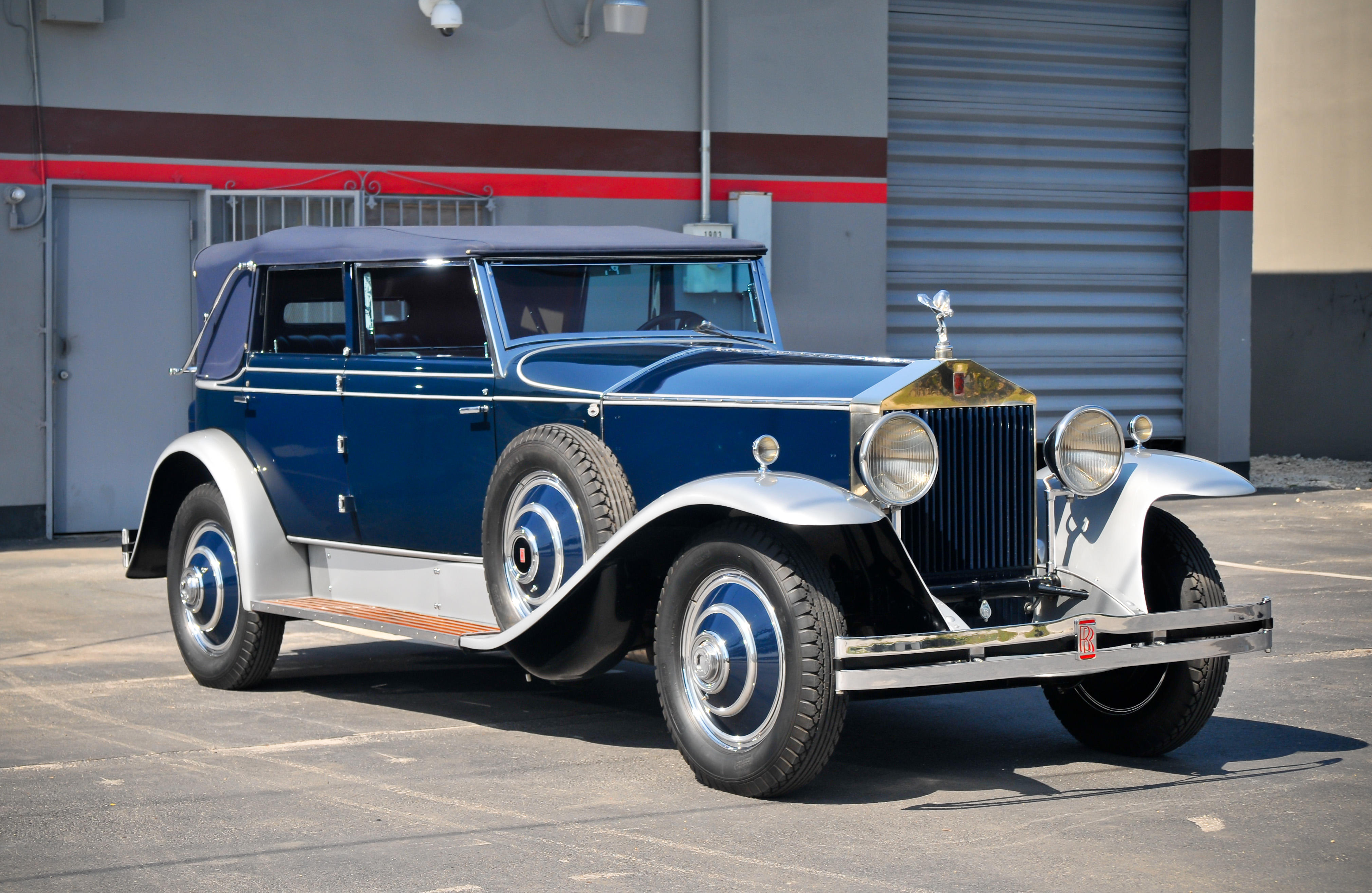
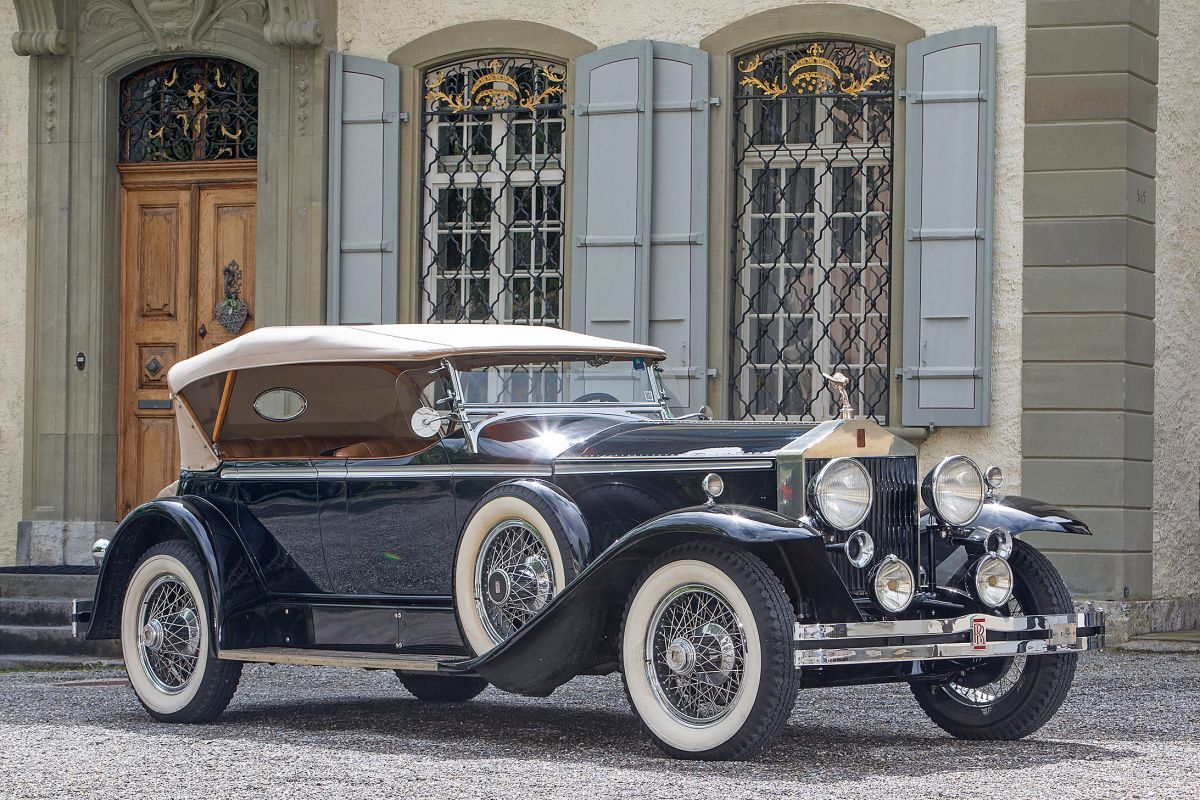

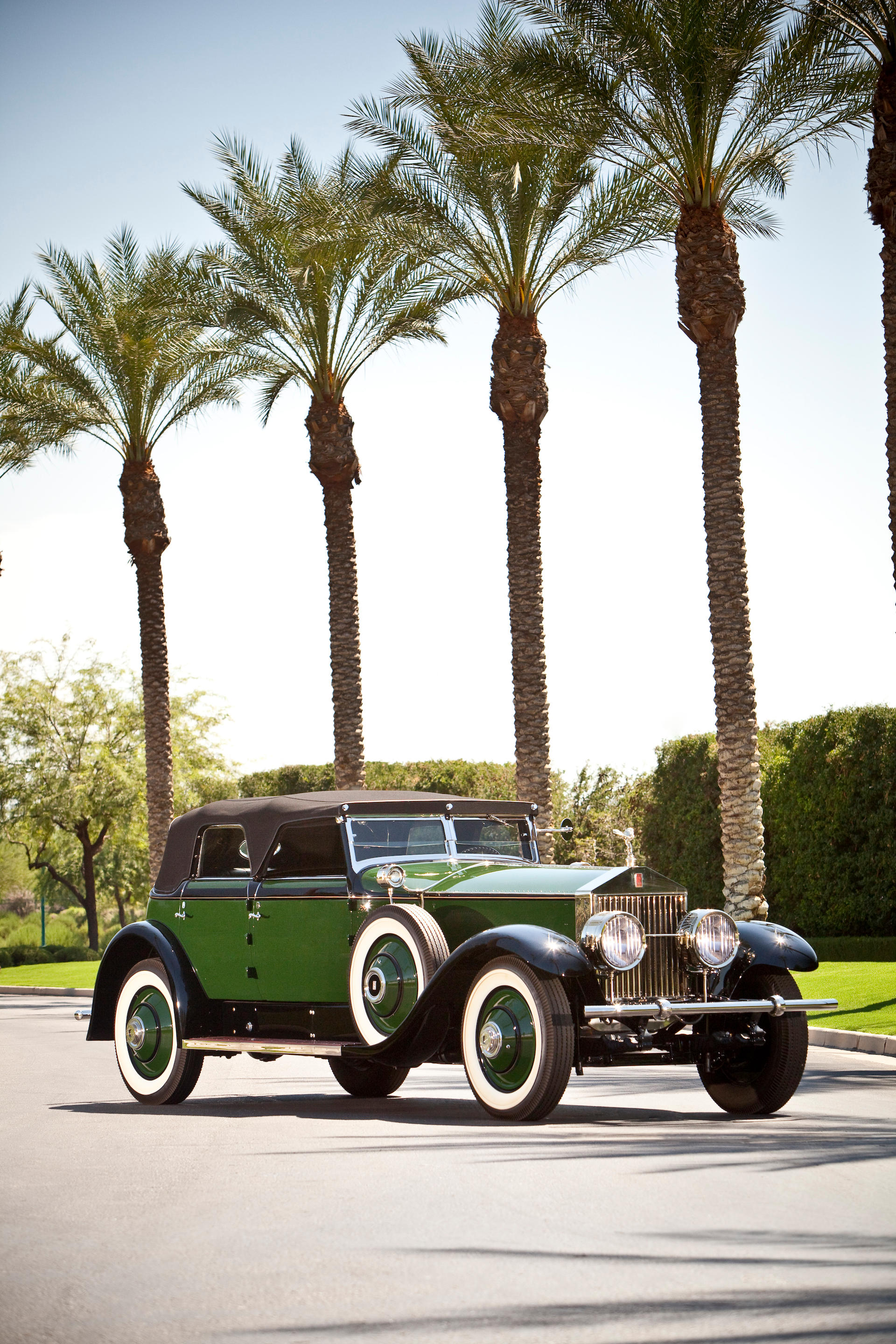
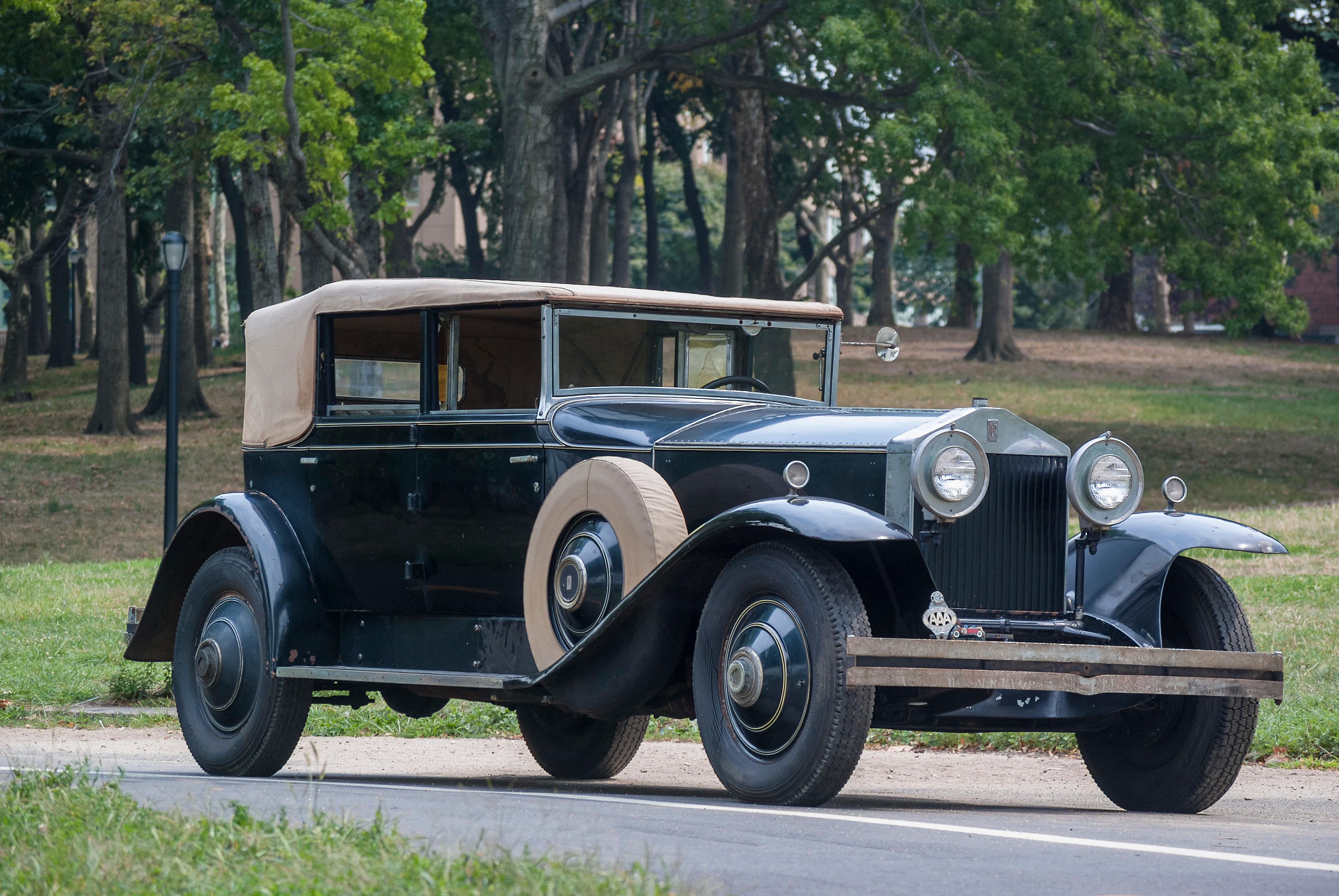
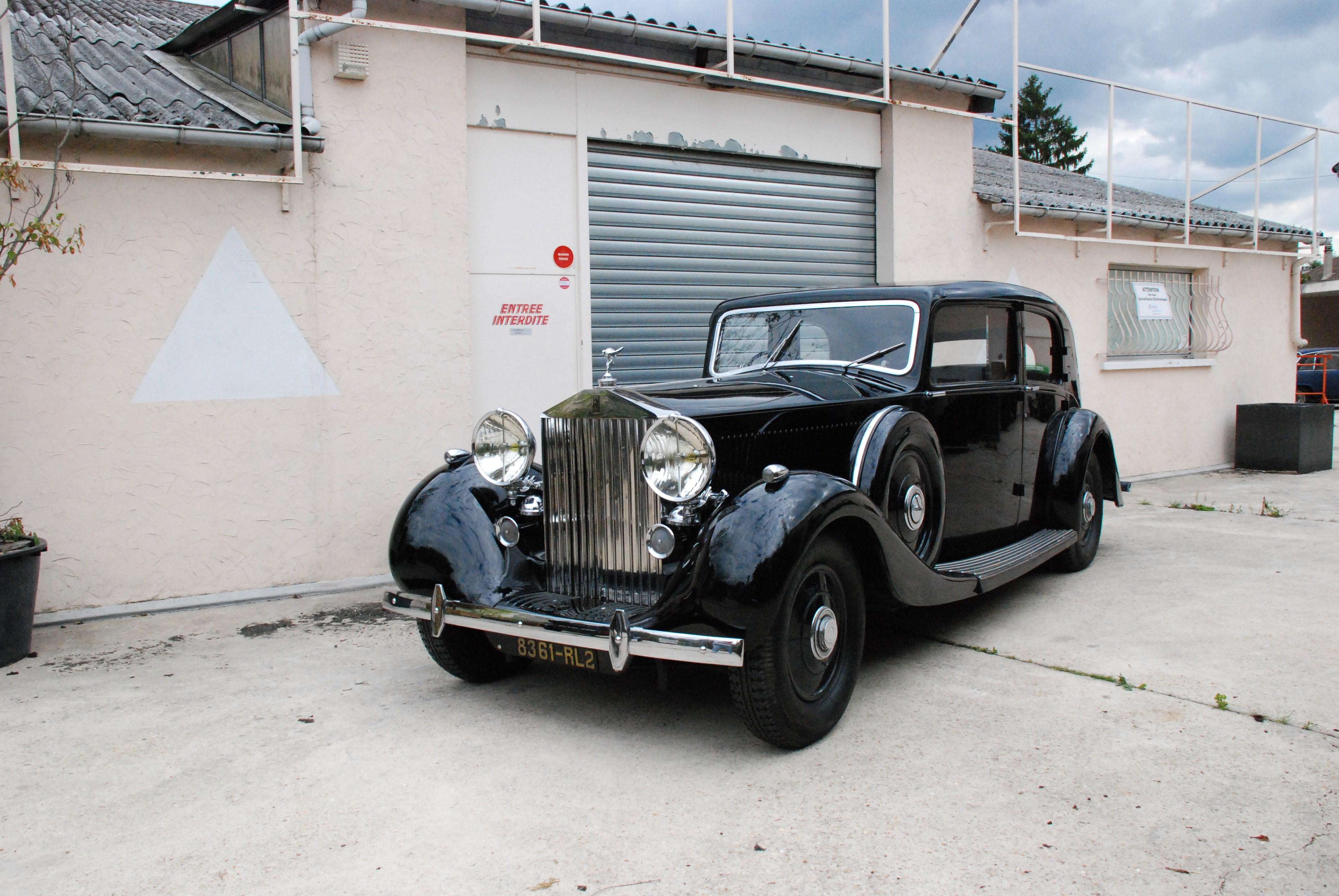
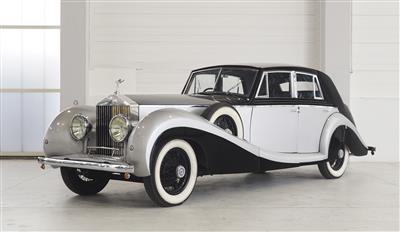



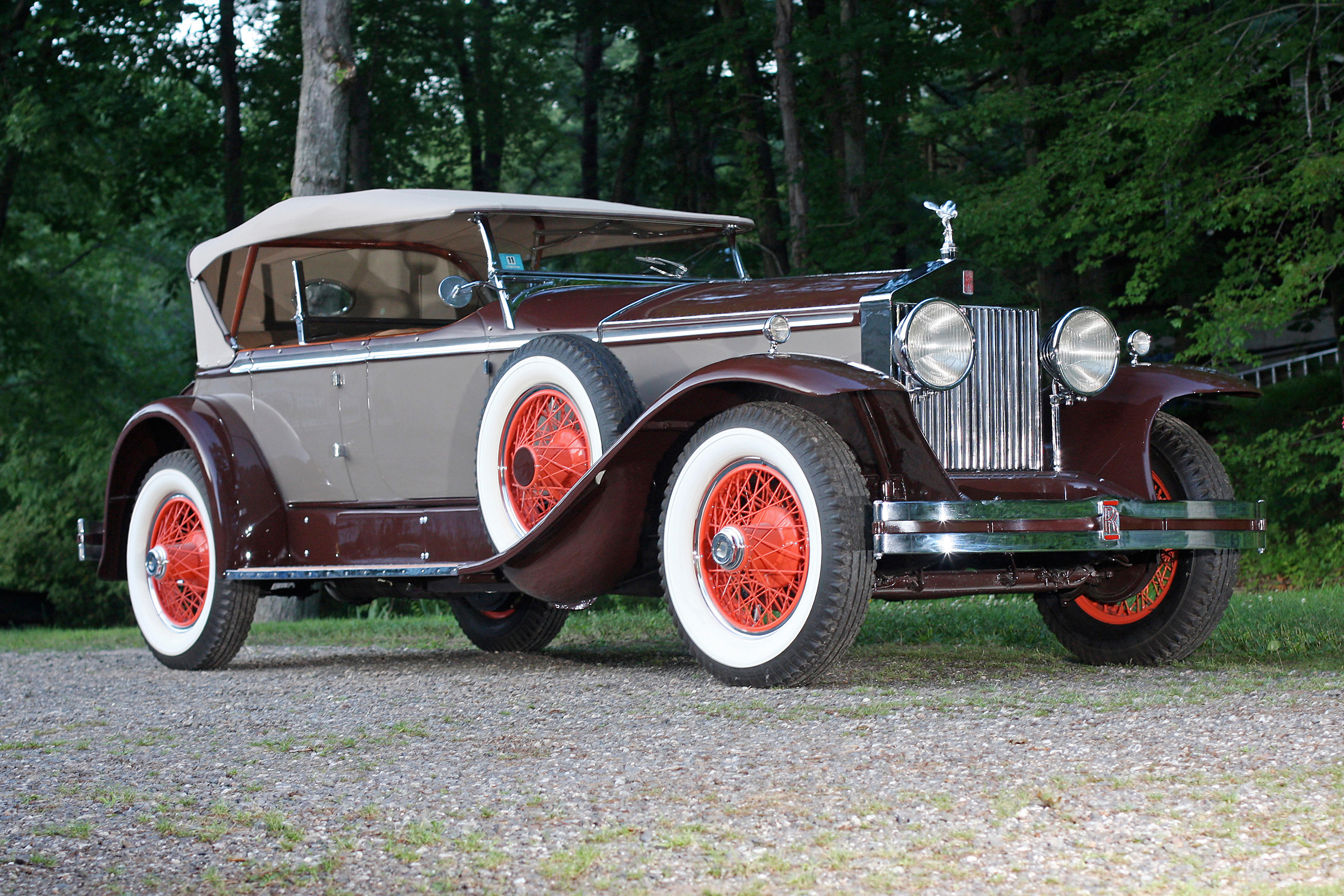
Testen Sie LotSearch und seine Premium-Features 7 Tage - ohne Kosten!
Lassen Sie sich automatisch über neue Objekte in kommenden Auktionen benachrichtigen.
Suchauftrag anlegen